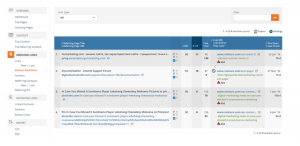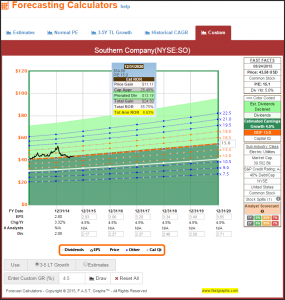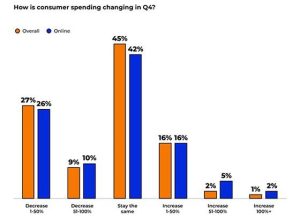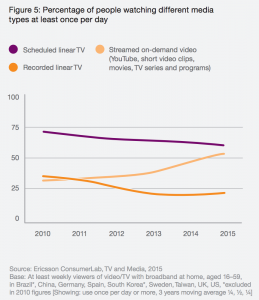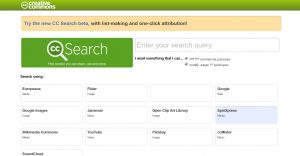A true CSP (Customer Success Platform) isn’t about sales – it’s about the people and companies already using your product or service.
By applying the lifecycle marketing process to CSP software, you can take sales to the next level by turning customers into brand advocates. What is lifecycle marketing? It’s a four-step relationship building process:
- Generate a lead: Use various marketing methods such as email marketing campaigns, social media advertising, PR or events to generate leads.
- Lead nurturing: During the lead nurturing process, a salesperson will help the prospect answer any questions and tailor to their specific needs to ensure a sale.
- Customer success: This is the step that most CSPs and CRMs are designed for. Providing customer support and personalized communication during a customer’s subscription to your product, to ensure maximum product use and eventual subscription renewal.
- Promote customer advocacy: Encouraging customers to talk about your product by means of promotions and other rewards programs. A satisfied customer will eventually become an advocate, doing the marketing for you. A true CSP dashboard will let you identify who is actively engaged and utilizing your product to its full extent.
So what does a true lifecycle marketing-applied CSP look like visually? At the very least, it should include three main dashboards: day-to-day overview, product adoption and playbooks.
The day-to-day overview dashboard is where employees can easily take action on accounts that need help the most. Accounts should be categorized into buckets based on account health, alongside key alerts. It’s also important to include daily tasks in this view.
The customer success step from lifecycle marketing comes into play with the product adoption dashboard. This dashboard should include product adoption rates by feature and duration, as well as a snapshot of upcoming renewals to help understand customer trends and patterns.
The playbooks dashboard should provide an overview of your team’s efforts, including customer resolution and sentiment, account activities and customer onboarding. This view helps you understand your team’s efforts and success with customers.
Take a look at the infographic below for a visualization of these three CSM dashboards (click here for the source). What other components do you find most useful in a CSP for managing the lifecycle marketing process?
Digital & Social Articles on Business 2 Community
(74)


